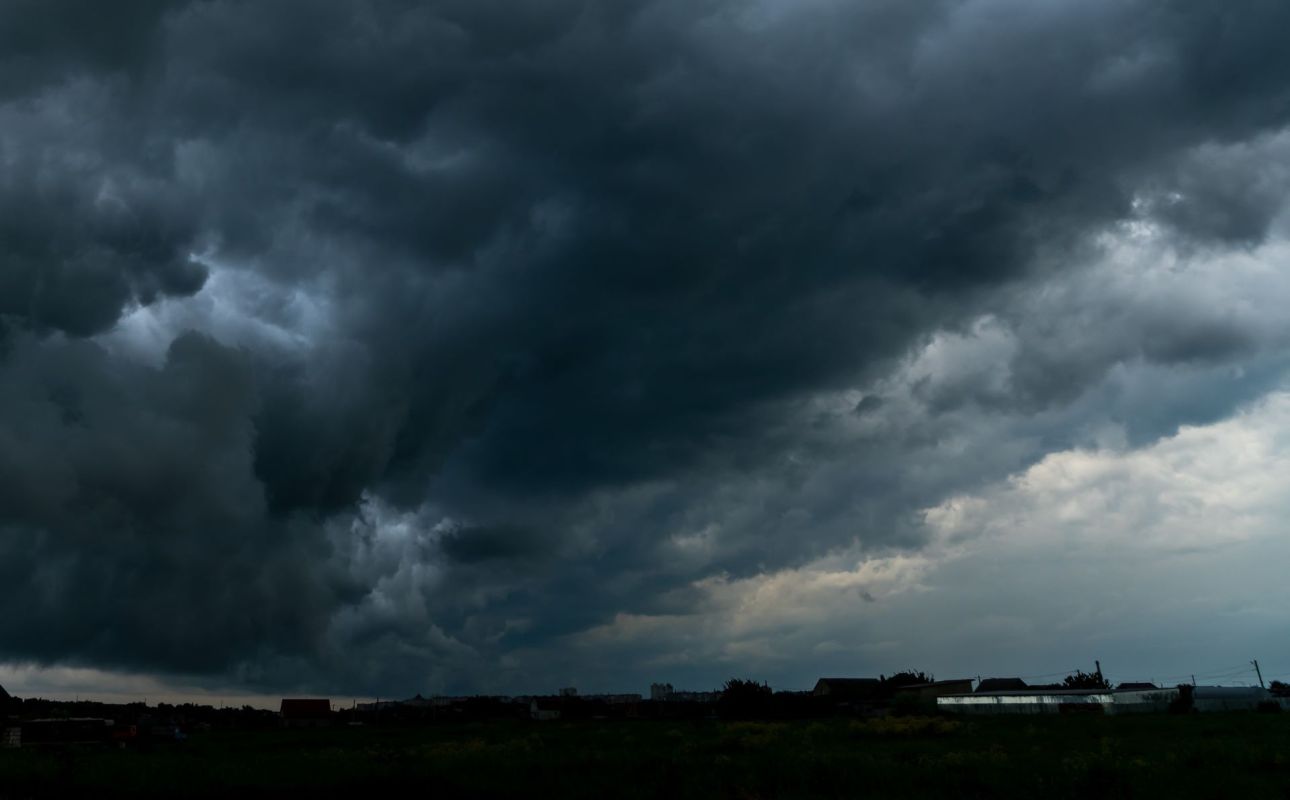When you hear the phrase "El Niño," what might come to mind is its Spanish meaning: the boy.
But it's also the name of a recurring weather phenomenon that causes extreme weather conditions, especially when coupled with the effects of an overheating planet.
What is El Niño?
El Niño refers to specific climate patterns in the Pacific Ocean that occur every two to seven years (according to NASA) when warm surface water takes over part of the Pacific Ocean, "pooling" around South America, reported the BBC.
This water releases excess heat into the atmosphere, causing global temperatures to rise on average and creating changes in the Pacific jet stream — resulting in more extreme weather.
El Niño usually peaks around December, with water temperatures in the Pacific rising an extra three to five degrees Fahrenheit on average, according to NASA. The next one is predicted to peak in December of 2023.
Why does El Niño matter?
El Niño can cause a variety of weather events — from droughts and forest fires to flooding and excess rain.
In North America, the Gulf Coast tends to see more flooding and rainfall, while Canada tends to become drier.
The University of Arizona reported in 2016 that because of El Niño, different African regions were seeing "major floods, landslides, and increased frequency of diseases that destroy cattle and crops." The extra rain can also trigger outbreaks of dangerous illnesses for people, such as cholera and malaria.
The last strong El Niño was in 2015-2016 and resulted in food shortages due to droughts and approximately 16 tropical cyclones.
"That's more than three times the 1981–2010 average of 4.7 cyclones per season, and four more than the previous record of 12, set in 1992," The National Oceanic and Atmospheric Administration reported.
TCD Picks » Upway Spotlight

It also helped set the highest global temperatures ever recorded, so with temperatures rising on average since then, we're likely to see new records for heat and extreme weather with the coming El Niño.
How will El Niño affect me?
It depends on where you live, but remember that extreme weather events will always occur. Local and federal governments have plans and procedures to meet supplies and safety needs.
While we are looking to slow down the overheating of our planet and avoid excess intense weather, El Niño will continue to switch things up every several years. The best thing we can do is be prepared and knowledgeable about how it may impact us.
Join our free newsletter for cool news and cool tips that make it easy to help yourself while helping the planet.














